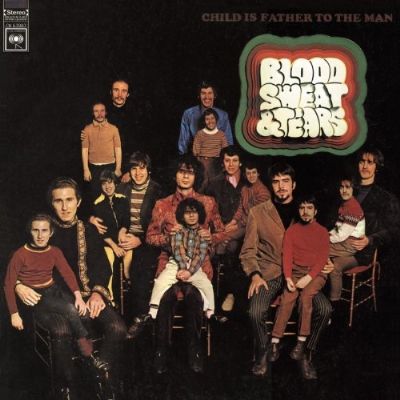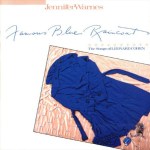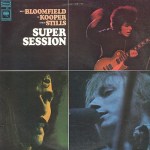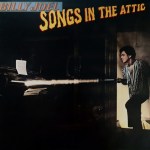 More of the Music of Michael Jackson
More of the Music of Michael Jackson
Reviews and Commentaries for Off the Wall
ABSOLUTELY STUNNING SOUND for this White Hot Stamper pressing!
Both sides cannot be beat — both have the BIG M.J. SOUND that jumps out of the speakers and fills the room. We’ve never heard a copy that was so full of ANALOG MAGIC!
The vocals are PERFECTION — breathy, full-bodied, and present. The top end is extended and sweet, with tons of ambience the likes of which I’ve never heard before.
Normally when you have a copy with strong midrange presence it will be somewhat sibilant in places. Not so here. For some reason this copy has all the highs, but it’s cut so clean it practically doesn’t spit at all. Even on the song I Can’t Help It, which normally has a problem in that respect. Since that’s my favorite song on this album, and probably my favorite MJ song of all time, hearing it sound so good was a revelation.
Better Sound than Thriller?
Yes. As consistently brilliant as Thriller may be musically — it is the biggest selling album of all time after all — speaking strictly in terms of sonics the sound of the best copies of Off the Wall is substantially sweeter, tubier, more natural, richer, and more ANALOG than Thriller.
Thriller is clearly more aggressive and processed-sounding than Off the Wall. The Girl Is Mine or Human Nature from Thriller would fit just fine anywhere on Off the Wall, but could the same be said for Beat It or Thriller? Just thinking about them you can hear the artificiality of the sound of both those songs in your head. Think about the snare that opens Beat It. I’ve never heard a snare sound like that in my life. Practically no instrument on Off the Wall has that kind of overly processed EQ’d sound.
Choruses Are Key
The richness, sweetness and freedom from artificiality is most apparent on Off the Wall where you most always hear it on a pop record: in the biggest, loudest, densest, climactic choruses.
We set the playback volume so that the loudest parts of the record are as huge and powerful as they can possibly grow to be without crossing the line into distortion or congestion. On some records, Dark Side of the Moon comes instantly to mind, the guitar solos on Money are the loudest thing on the record. On Breakfast in America the sax toward the end of The Logical Song is the biggest and loudest element in the mix, louder even than Roger Hodgson’s near-hysterical multi-track screaming “Who I am” about three quarters of the way through the track. Those are clearly exceptions though. Usually it’s the final chorus that gets bigger and louder than anything else.
A pop song is usually structured so as to build more and more power as it works its way through its verses and choruses, past the bridge, coming back around to make one final push, releasing all its energy in the final chorus, the climax of the song. On a good recording — one with real dynamics — that part should be very loud and very powerful.
Testing Off the Wall
It’s almost always the toughest test for a pop record, and it’s the main reason we play our records loud. The copies that hold up through the final choruses of their album’s largest scaled productions are the ones that provide the biggest thrills and the most emotionally powerful musical experiences one can have. Our Top 100 is full of the kinds of records that reward that listening at loud levels.
We live for that sound here at Better Records. It’s what vintage analog pressings do so brilliantly. They do it so much better than any other medium that there is really no comparison, and certainly no substitute. If you’re on this site you probably already know that.
To bring this discussion back to the subject at hand, the loudest choruses on Off the Wall are richer, smoother, sweeter and more free of processing artifacts than those on Thriller. (more…)



 More of the Music of Jennifer Warnes
More of the Music of Jennifer Warnes




